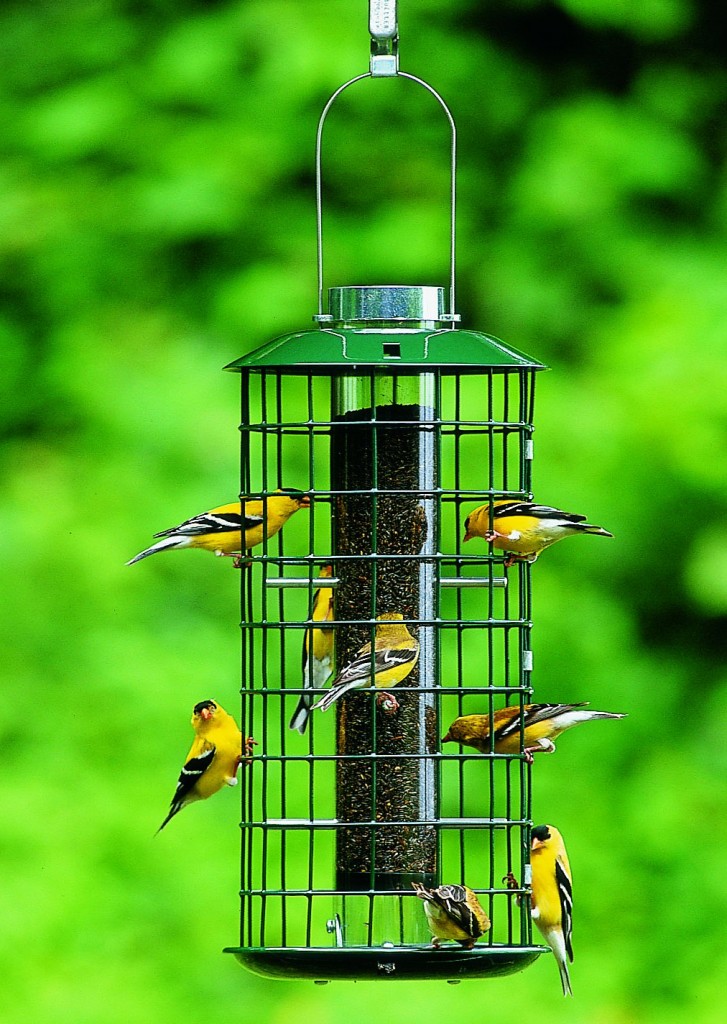 For years scientists have been tracking and monitoring birds in an attempt to further develop the breadth and scope of our knowledge about their habits. Methods for tracking their movements vary, but a team of scientists led by David Bonter at the Cornell Ornithology Center have taken tracking to a whole other dimension in recent years.
For years scientists have been tracking and monitoring birds in an attempt to further develop the breadth and scope of our knowledge about their habits. Methods for tracking their movements vary, but a team of scientists led by David Bonter at the Cornell Ornithology Center have taken tracking to a whole other dimension in recent years.
In contrast to the traditional monitoring of colored bands, new technological capabilities of RFID (radio-frequency identification) allow monitoring to be done in conjunction with the bird feeders set up in the team’s outdoor laboratory!
Using wireless RFID trackers built into bands that are fitted inconspicuously to the legs of various bird individuals, the team of ornithologists set about trying to document the frequency of a bird’s visit to a feeder. The bird’s movement was recorded whenever it was within range of the sensor fitted to the perch of a bird feeder.
A study undertaken in 2011 at the Cornell Ornithology Lab, for example, kept track of almost 130 separate songbirds and documented a mind-blowing 650,000 individual feeder visits over a period of five months! Ever wonder how all that bird seed you bought was eaten so quickly? Well, now you know: aside from the occasional squirrel mishap, birds really do chow down when it comes to feeders.
Tracking the movement of animals using wireless technology has a significantly lower impact in terms of human contamination of a species’ environment, and also allows for fascinating map-based metadata to be aggregated and leveraged to increase our understanding of animal migration patterns, feeding patterns, and mating patterns.
In studying a population of birds at their lab, the scientists at Cornell ultimately came up with some interesting conclusions regarding birds and their relationship with feeders. For example, an individual bird takes more seed than it actually eats. Songbirds will typically eat their fill and then spend a significant portion of time storing seed in various hiding spots for the long winter months! Certain birds also have favorite feeders, regardless of the kinds of seed used. Some chickadees the lab monitored tended to frequent one or two select feeders, despite the presence of other equally equipped feeders within range of their home.
Using information obtained in this study, the scientists at the Cornell Ornithology Lab will likely discover more insights into the relationship between birds and their environment, such as the effect of weather on feeding habits, the influence of seed types, and the influence of a feeder’s location of the habits of different species. Only time will tell!
This post was written by Soleil Ho.


